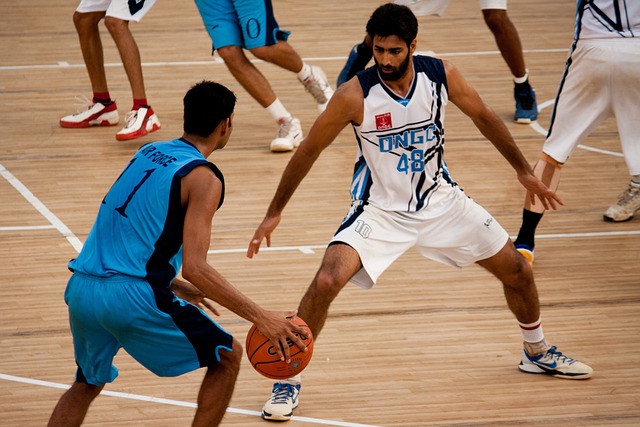Sports betting may seem like a game of intuition, but at its core, it’s driven by numbers and probability. Every set of odds represents not just a potential payout but also a calculated judgment of how likely an outcome is to occur. For bettors who want to do more than just guess, understanding how odds are calculated in sports betting is essential. It helps you spot value, avoid poor wagers, and understand the real chance of a win.
The Basics: What Do Odds Represent?
Odds indicate the implied probability of a particular outcome. When a bookmaker sets odds, they’re essentially stating, “Here’s how likely we think this event is to happen.” This probability is then turned into a price — your potential payout.
For example, if a team has odds of 2.00 (in decimal format), it implies a 50% chance of winning. If you bet $100 and win, you get $200 back: your stake plus $100 profit. The higher the odds, the less likely the event is expected to occur — but the bigger the potential reward.
Types of Odds: Decimal, Fractional, and Moneyline
Bookmakers use different formats depending on the region:
- Decimal Odds (2.50) – Common in Europe and Canada. Easy to calculate; multiply your stake by the odds to get the return.
- Fractional Odds (3/2) – Popular in the UK. Shows how much profit you’ll make on a given stake.
- Moneyline Odds (+150 or -200) – Standard in the U.S. Positive numbers show profit on $100 staked; negative numbers show how much you must stake to win $100.
While the presentation changes, all these formats are different ways of expressing probability and potential profit.
How Bookmakers Calculate Odds

The first step in setting odds is assessing true probability. Bookmakers use complex statistical models, historical data, current form, injuries, and even weather to evaluate how likely an event is.
Let’s say a football match is assessed like this:
- Team A: 50% chance of winning
- Draw: 30%
- Team B: 20%
To reflect this, a bookmaker would convert each probability to decimal odds:
- Team A: 1 / 0.50 = 2.00
- Draw: 1 / 0.30 = 3.33
- Team B: 1 / 0.20 = 5.00
But if they offered these odds exactly, there would be no profit for them.
The Overround: How Bookmakers Make a Profit
To ensure profit, bookmakers add a margin known as the “overround.” This inflates the odds slightly to make the total implied probability more than 100%.
Using the previous example:
- Team A odds might be set at 1.91
- Draw at 3.20
- Team B at 4.80
Now, when you convert these to probabilities:
- 1 / 1.91 = 52.36%
- 1 / 3.20 = 31.25%
- 1 / 4.80 = 20.83%
- Total = 104.44%
That extra 4.44% is the bookmaker’s edge. It ensures that no matter the outcome, the book has a built-in profit buffer.
Why Odds Shift Before an Event
Odds aren’t always fixed. Bookmakers adjust them leading up to the event based on:
- Betting volume – If too much money comes in on one outcome, odds may be lowered to balance risk.
- Injuries or team news – Sudden changes in player availability can affect expected performance.
- Market movement – Bookmakers track each other and adjust to stay competitive.
- Sharp bettors – If professional gamblers place large bets, it can signal inside knowledge and prompt an odds change.
These adjustments don’t change the event’s probability but reflect risk management and market dynamics.
Spotting Value in Odds

Smart bettors look for value, which means finding odds that reflect less than the real probability of an event happening. For example, if you think a team has a 60% chance of winning and they’re priced at 2.20 (implied 45%), that’s a potential value bet.
Calculating value involves comparing your estimated probability with the bookmaker’s implied probability. If yours is higher, and your analysis is sound, you’ve found a favorable bet.
Final Thoughts
Understanding how odds are calculated gives you a clearer picture of what you’re really betting on. It demystifies the numbers and shows you how bookmakers set prices to balance risk and ensure profit. By grasping probability, margins, and market movement, you shift from casual betting to informed decision-making. Whether you win or lose, you’re now playing the long game—just like the bookmakers do.
